Machine Learning Systems
brief contents
contents
foreword
preface
acknowledgments
about this book
How this book is organized
Code conventions and downloads
Book forum
Other online resources
about the author
about the cover illustration
Part 1: Fundamentals of reactive machine learning
Chapter 1: Learning reactive machine learning
1.1 An example machine learning system
1.1.1 Building a prototype system
1.1.2 Building a better system
1.2 Reactive machine learning
1.2.1 Machine learning
1.2.2 Reactive systems
1.2.3 Making machine learning systems reactive
1.2.4 When not to use reactive machine learning
Chapter 2: Using reactive tools
2.1 Scala, a reactive language
2.1.1 Reacting to uncertainty in Scala
2.1.2 The uncertainty of time
2.2 Akka, a reactive toolkit
2.2.1 The actor model
2.2.2 Ensuring resilience with Akka
2.3 Spark, a reactive big data framework
Part 2: Building a reactive machine learning system
Chapter 3: Collecting data
3.1 Sensing uncertain data
3.2 Collecting data at scale
3.2.1 Maintaining state in a distributed system
3.2.2 Understanding data collection
3.3 Persisting data
3.3.1 Elastic and resilient databases
3.3.2 Fact databases
3.3.3 Querying persisted facts
3.3.4 Understanding distributed-fact databases
3.4 Applications
3.5 Reactivities
Chapter 4: Generating features
4.1 Spark ML
4.2 Extracting features
4.3 Transforming features
4.3.1 Common feature transforms
4.3.2 Transforming concepts
4.4 Selecting features
4.5 Structuring feature code
4.5.1 Feature generators
4.5.2 Feature set composition
4.6 Applications
4.7 Reactivities
Chapter 5: Learning models
5.1 Implementing learning algorithms
5.1.1 Bayesian modeling
5.1.2 Implementing Naive Bayes
5.2 Using MLlib
5.2.1 Building an ML pipeline
5.2.2 Evolving modeling techniques
5.3 Building facades
5.3.1 Learning artistic style
5.4 Reactivities
Chapter 6: Evaluating models
6.1 Detecting fraud
6.2 Holding out data
6.3 Model metrics
6.4 Testing models
6.5 Data leakage
6.6 Recording provenance
6.7 Reactivities
Chapter 7: Publishing models
7.1 The uncertainty of farming
7.2 Persisting models
7.3 Serving models
7.3.1 Microservices
7.3.2 Akka HTTP
7.4 Containerizing applications
7.5 Reactivities
Chapter 8: Responding
8.1 Moving at the speed of turtles
8.2 Building services with tasks
8.3 Predicting traffic
8.4 Handling failure
8.5 Architecting response systems
8.6 Reactivities
Part 3: Operating a machine learning system
Chapter 9: Delivering
9.1 Shipping fruit
9.2 Building and packaging
9.3 Build pipelines
9.4 Evaluating models
9.5 Deploying
9.6 Reactivities
Chapter 10: Evolving intelligence
10.1 Chatting
10.2 Artificial intelligence
10.3 Reflex agents
10.4 Intelligent agents
10.5 Learning agents
10.6 Reactive learning agents
10.6.1 Reactive principles
10.6.2 Reactive strategies
10.6.3 Reactive machine learning
10.7 Reactivities
10.7.1 Libraries
10.7.2 System data
10.8 Reactive explorations
10.8.1 Users
10.8.2 System dimensions
10.8.3 Applying reactive principles
Appendix: Getting set up
Scala
Git code repository
sbt
Spark
Couchbase
Docker
index
Symbols
A
B
C
D
E
F
G
H
I
J
K
L
M
N
O
P
Q
R
S
T
U
V
W
Z
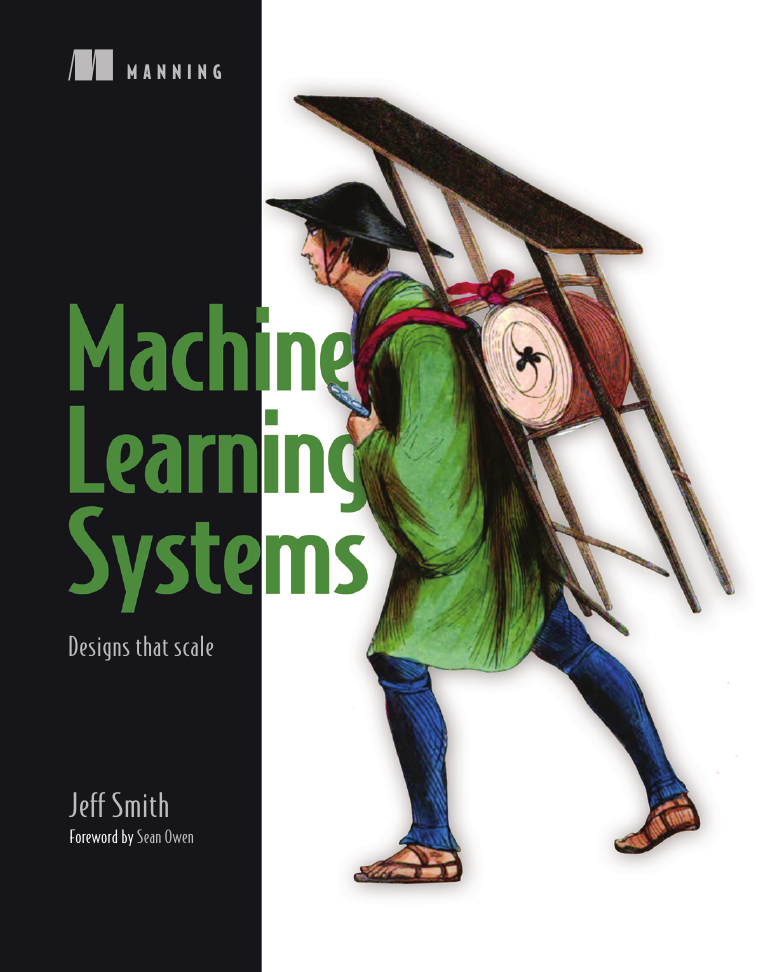
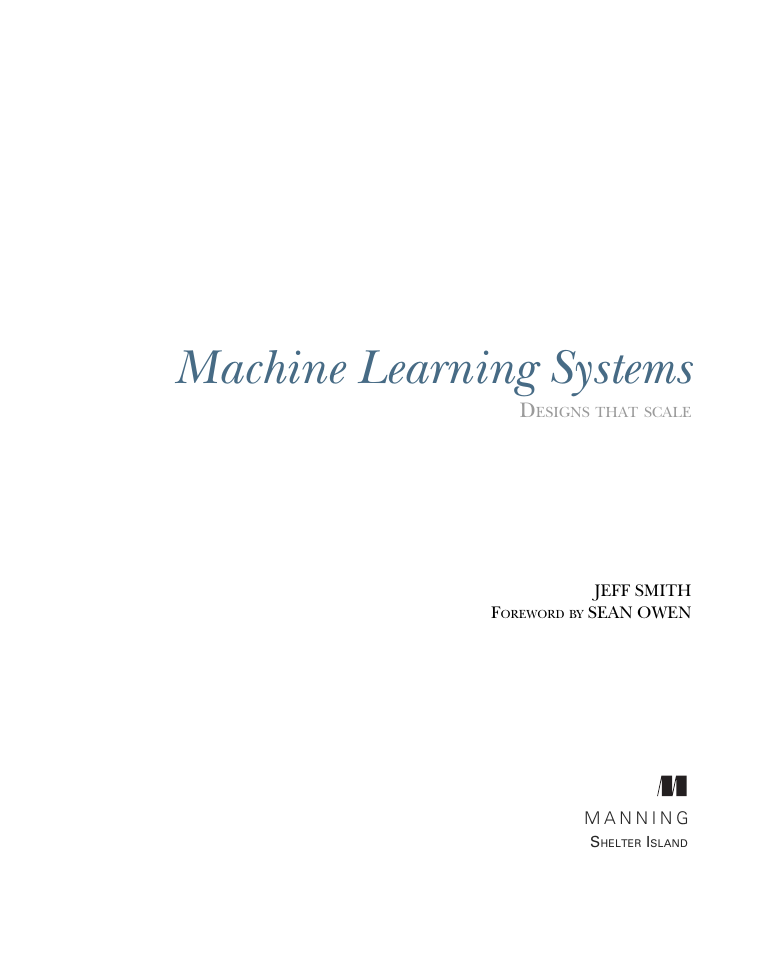
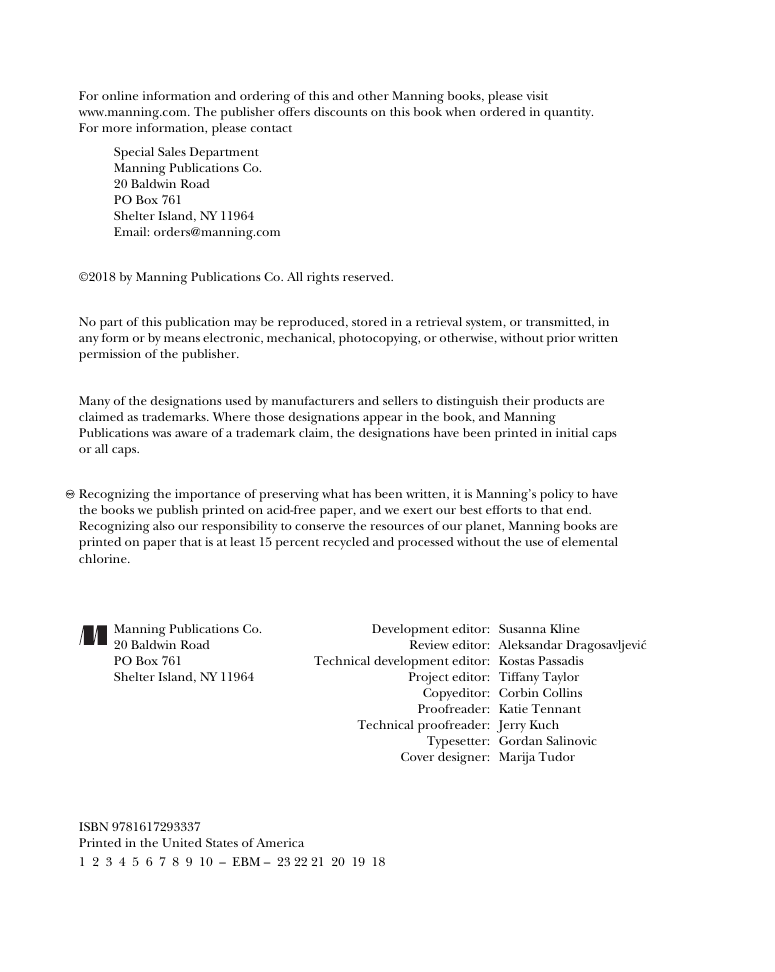
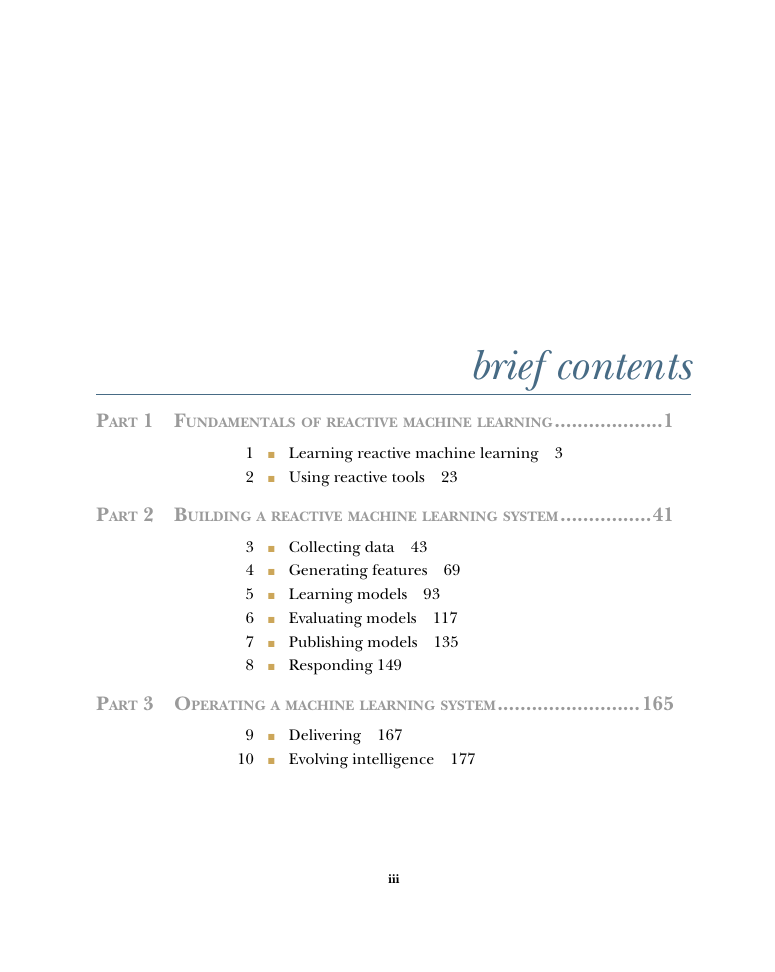

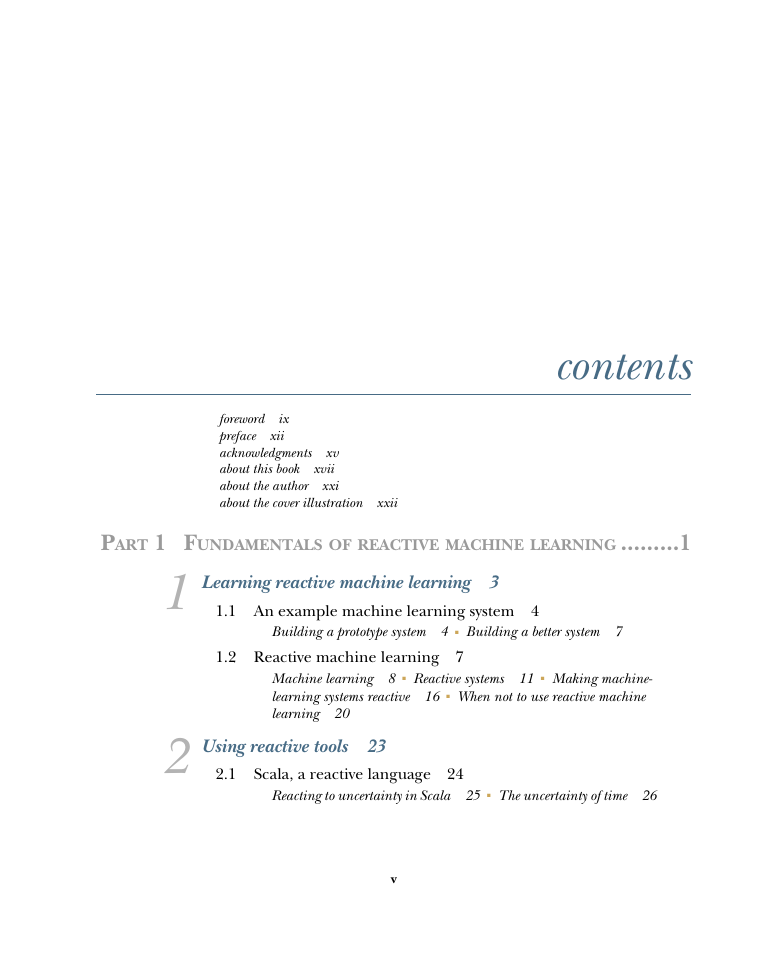

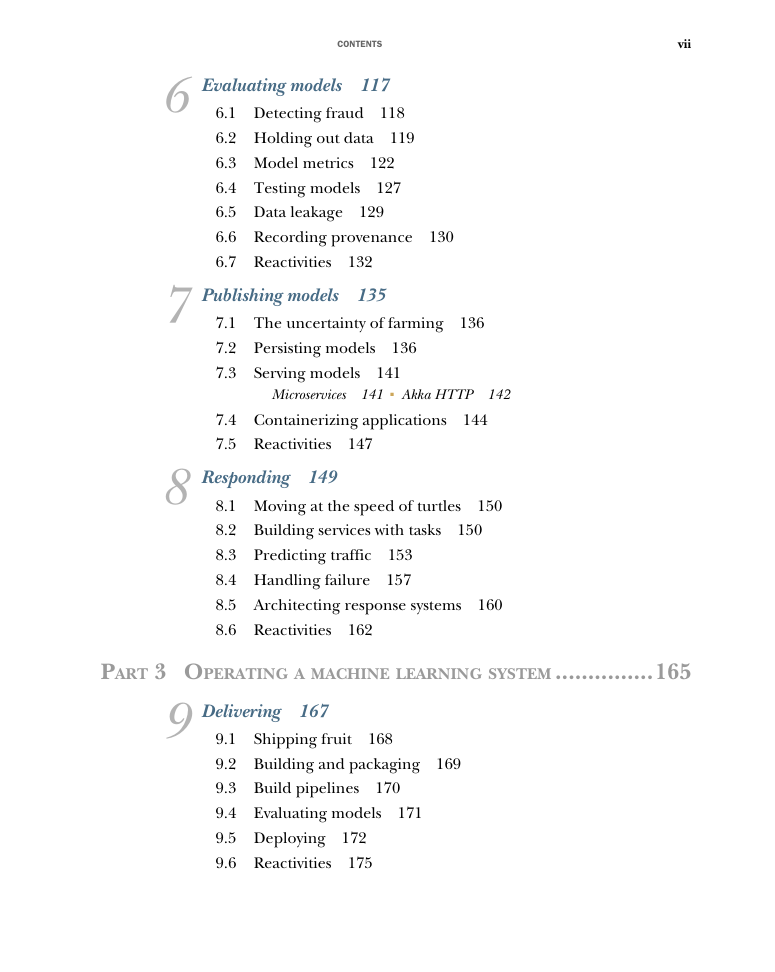








 2023年江西萍乡中考道德与法治真题及答案.doc
2023年江西萍乡中考道德与法治真题及答案.doc 2012年重庆南川中考生物真题及答案.doc
2012年重庆南川中考生物真题及答案.doc 2013年江西师范大学地理学综合及文艺理论基础考研真题.doc
2013年江西师范大学地理学综合及文艺理论基础考研真题.doc 2020年四川甘孜小升初语文真题及答案I卷.doc
2020年四川甘孜小升初语文真题及答案I卷.doc 2020年注册岩土工程师专业基础考试真题及答案.doc
2020年注册岩土工程师专业基础考试真题及答案.doc 2023-2024学年福建省厦门市九年级上学期数学月考试题及答案.doc
2023-2024学年福建省厦门市九年级上学期数学月考试题及答案.doc 2021-2022学年辽宁省沈阳市大东区九年级上学期语文期末试题及答案.doc
2021-2022学年辽宁省沈阳市大东区九年级上学期语文期末试题及答案.doc 2022-2023学年北京东城区初三第一学期物理期末试卷及答案.doc
2022-2023学年北京东城区初三第一学期物理期末试卷及答案.doc 2018上半年江西教师资格初中地理学科知识与教学能力真题及答案.doc
2018上半年江西教师资格初中地理学科知识与教学能力真题及答案.doc 2012年河北国家公务员申论考试真题及答案-省级.doc
2012年河北国家公务员申论考试真题及答案-省级.doc 2020-2021学年江苏省扬州市江都区邵樊片九年级上学期数学第一次质量检测试题及答案.doc
2020-2021学年江苏省扬州市江都区邵樊片九年级上学期数学第一次质量检测试题及答案.doc 2022下半年黑龙江教师资格证中学综合素质真题及答案.doc
2022下半年黑龙江教师资格证中学综合素质真题及答案.doc